Which reaction will have the greater temperature dependence for the rate constant one with a small value E or one large value of E?
To determine which reaction will have a greater temperature dependence for the rate constant (k), we need to analyze the relationship between the activation energy (E) and the temperature dependence of the rate constant using the Arrhenius equation.
1. Understanding the Arrhenius Equation:
The Arrhenius equation is given by:
k=A⋅e−EaRT
where:
- k = rate constant
- A = pre-exponential factor
- Ea = activation energy
- R = universal gas constant
- T = temperature in Kelvin
2. Temperature Dependence:
The rate constant k is dependent on temperature T. As temperature changes, the value of k will also change. The degree of this change is influenced by the activation energy Ea.
3. Differentiating the Arrhenius Equation:
To understand how k changes with temperature, we can differentiate the Arrhenius equation with respect to T:
dkdT=A⋅e−EaRT⋅(EaRT2)
This shows that the rate of change of k with respect to T is influenced by Ea.
4. Comparing Small and Large Activation Energies:
- For a reaction with small Ea: The exponential term e−EaRT will change less dramatically with temperature changes.
- For a reaction with large Ea: The exponential term will change more significantly with temperature changes, indicating a greater sensitivity of k to temperature.
5. Conclusion:
Therefore, the reaction with a larger activation energy Ea will have a greater temperature dependence for the rate constant k. This means that as the temperature increases or decreases, the rate constant for the reaction with a larger Ea will change more significantly compared to a reaction with a smaller Ea.
Final Answer:
The reaction with a larger value of Ea will have the greater temperature dependence for the rate constant.
The Arrhenius equation is given by:
k=A⋅e−EaRT
where:
- k = rate constant
- A = pre-exponential factor
- Ea = activation energy
- R = universal gas constant
- T = temperature in Kelvin
The rate constant k is dependent on temperature T. As temperature changes, the value of k will also change. The degree of this change is influenced by the activation energy Ea.
To understand how k changes with temperature, we can differentiate the Arrhenius equation with respect to T:
dkdT=A⋅e−EaRT⋅(EaRT2)
This shows that the rate of change of k with respect to T is influenced by Ea.
- For a reaction with small Ea: The exponential term e−EaRT will change less dramatically with temperature changes.
- For a reaction with large Ea: The exponential term will change more significantly with temperature changes, indicating a greater sensitivity of k to temperature.
Therefore, the reaction with a larger activation energy Ea will have a greater temperature dependence for the rate constant k. This means that as the temperature increases or decreases, the rate constant for the reaction with a larger Ea will change more significantly compared to a reaction with a smaller Ea.
The reaction with a larger value of Ea will have the greater temperature dependence for the rate constant.
Topper's Solved these Questions
- CHEMICAL KINETICSBOOK - RC MUKHERJEECHAPTER - CHEMICAL KINETICSEXERCISE - PROBLEMS
42 Videos
- CHEMICAL KINETICSBOOK - RC MUKHERJEECHAPTER - CHEMICAL KINETICSEXERCISE - OBJECTIVE PROBLEMS
51 Videos
- CHEMICAL EQUIVALENCEBOOK - RC MUKHERJEECHAPTER - CHEMICAL EQUIVALENCEEXERCISE - PROBLEMS
24 Videos
- CHEMICAL THERMODYNAMICSBOOK - RC MUKHERJEECHAPTER - CHEMICAL THERMODYNAMICSEXERCISE - Objective problems
58 Videos
Similar Questions
(a) What is the limiting value of K as T increases ?
(b) Which reaction will have the greater temperature dependence for the rate constant one with small value of Ea or one with large value of Ea
View SolutionWhich reaction will have the greater temperature dependence for the rate constant-one with a small value of energy of activation (E) or one with a large value of E?
View Solution
Knowledge Check
Which curve corresponds to the temperature dependance of the rate constant (k) of a simple one step reaction ?
A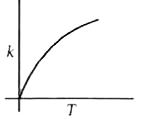 B
B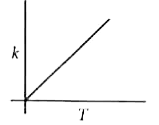 C
C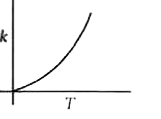 D
D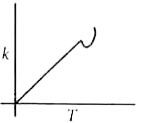
Which curve corresponds to the temperature dependance of the rate R of a simple one step reaction ?
A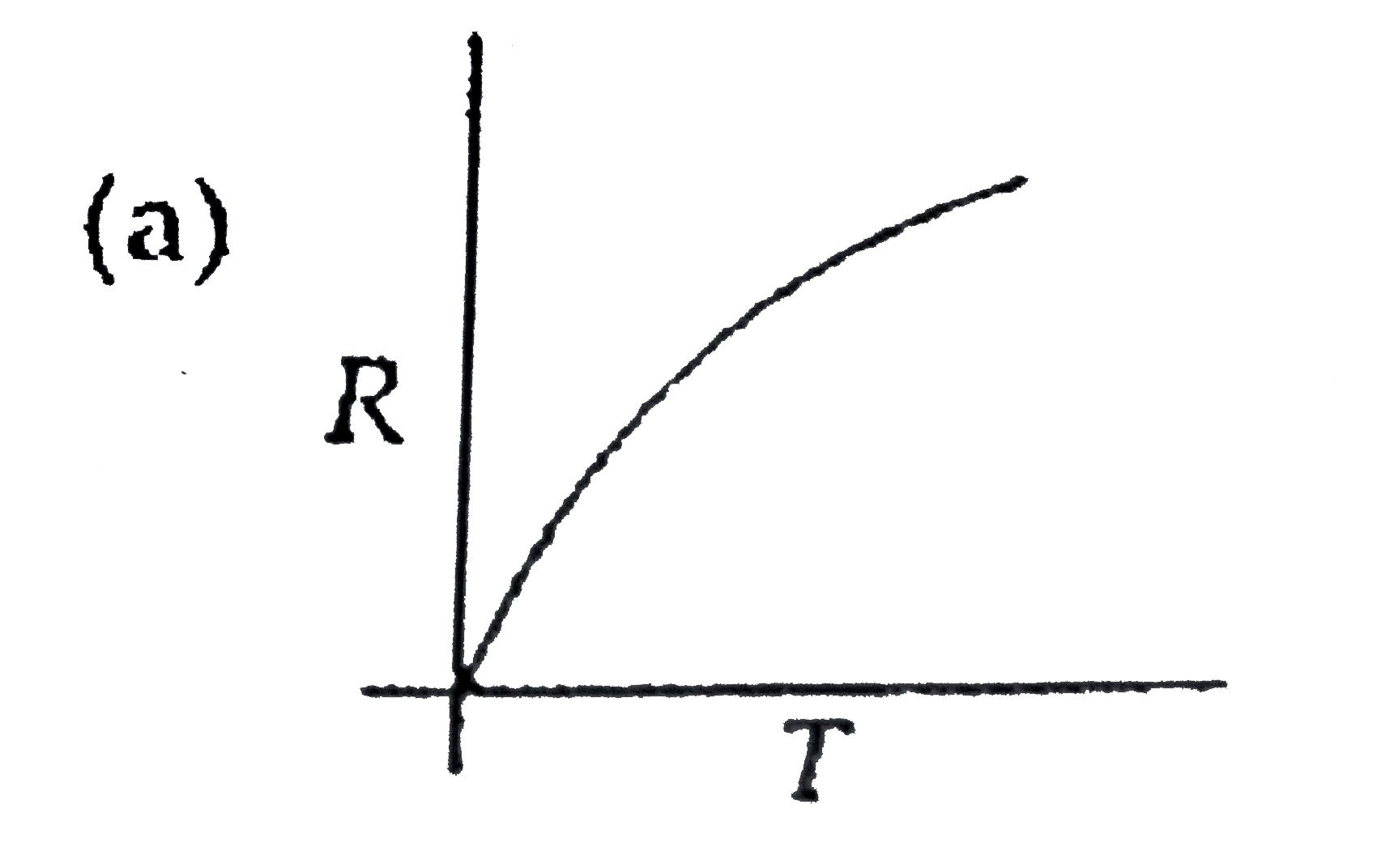 B
B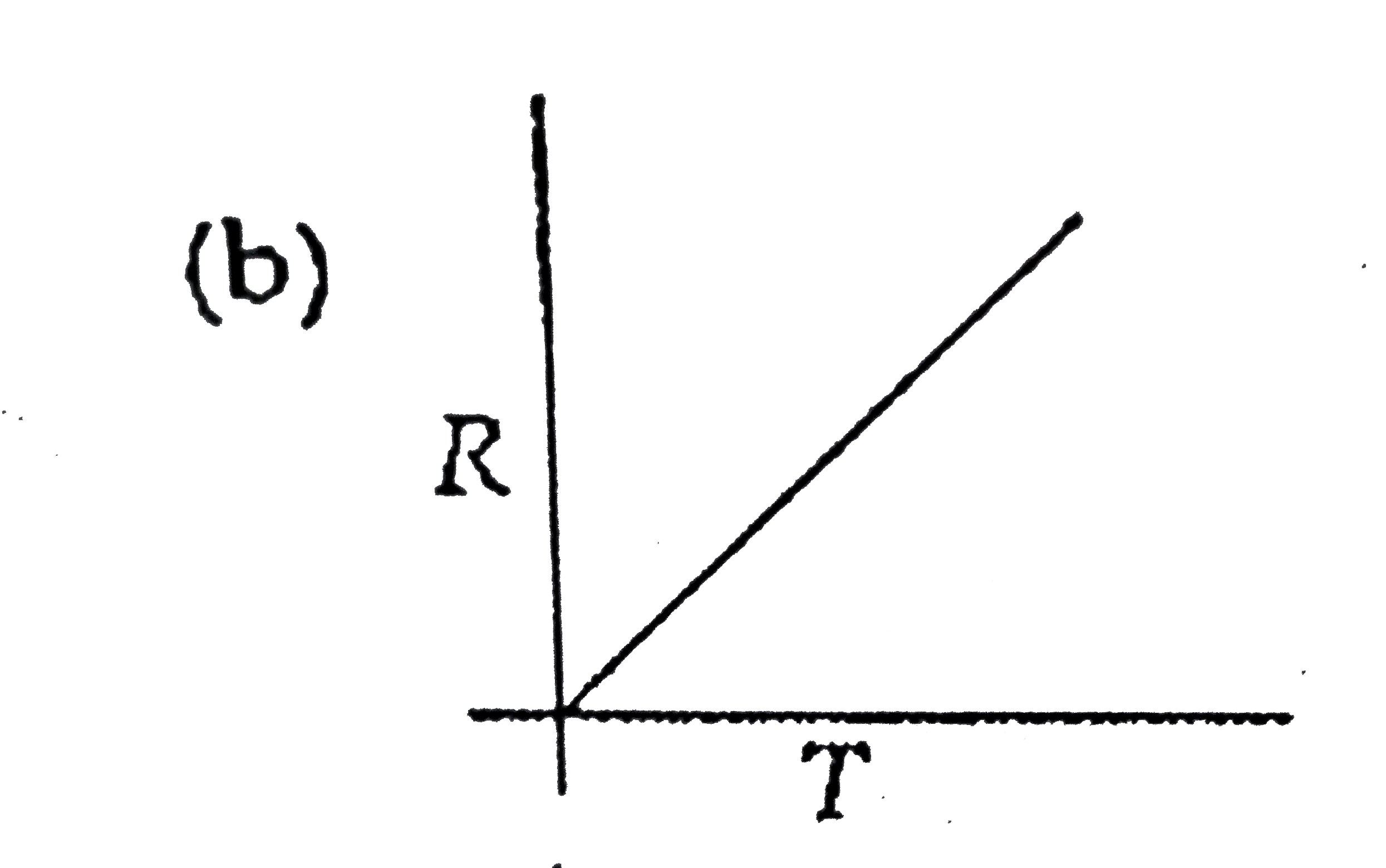 C
C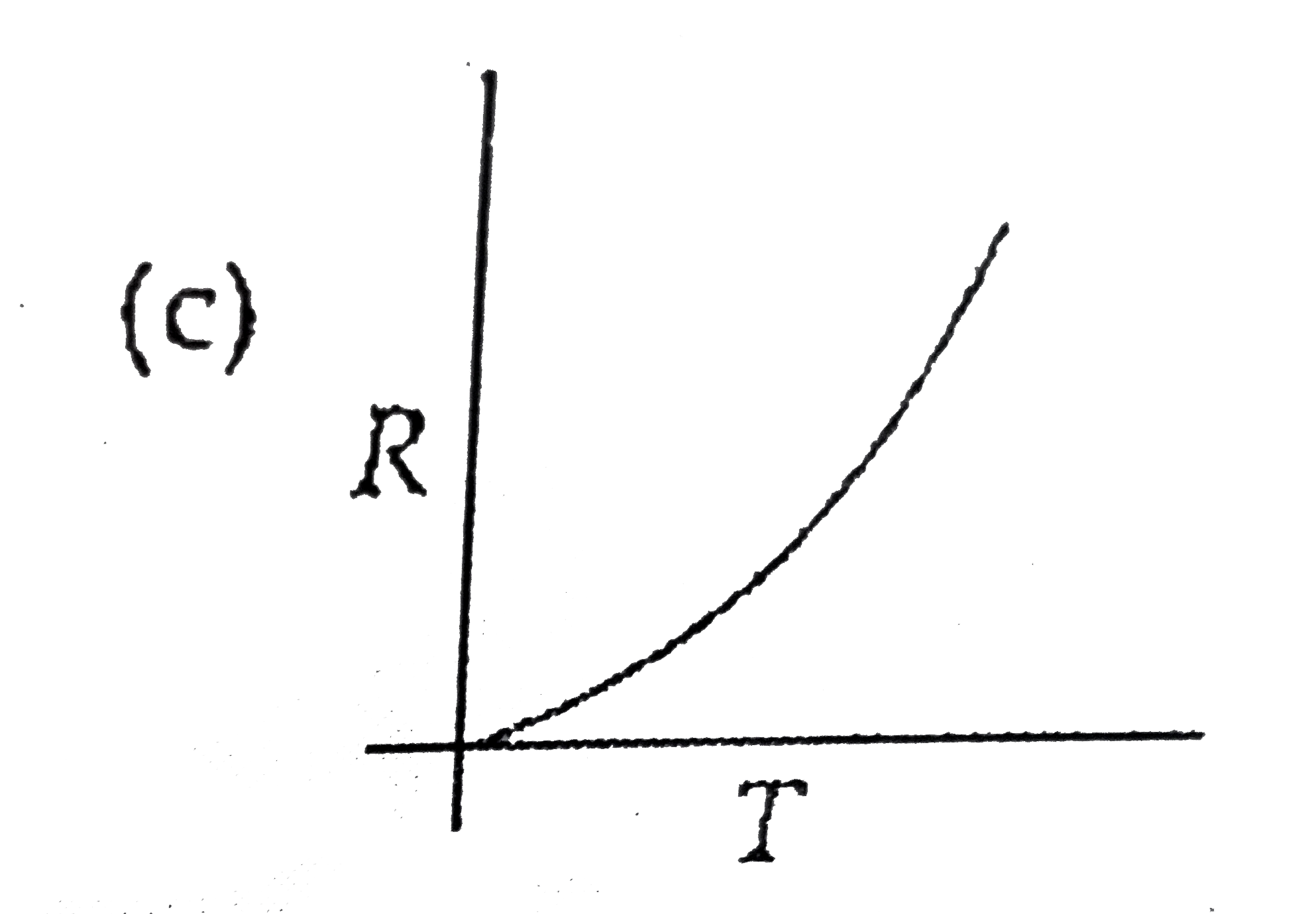 D
D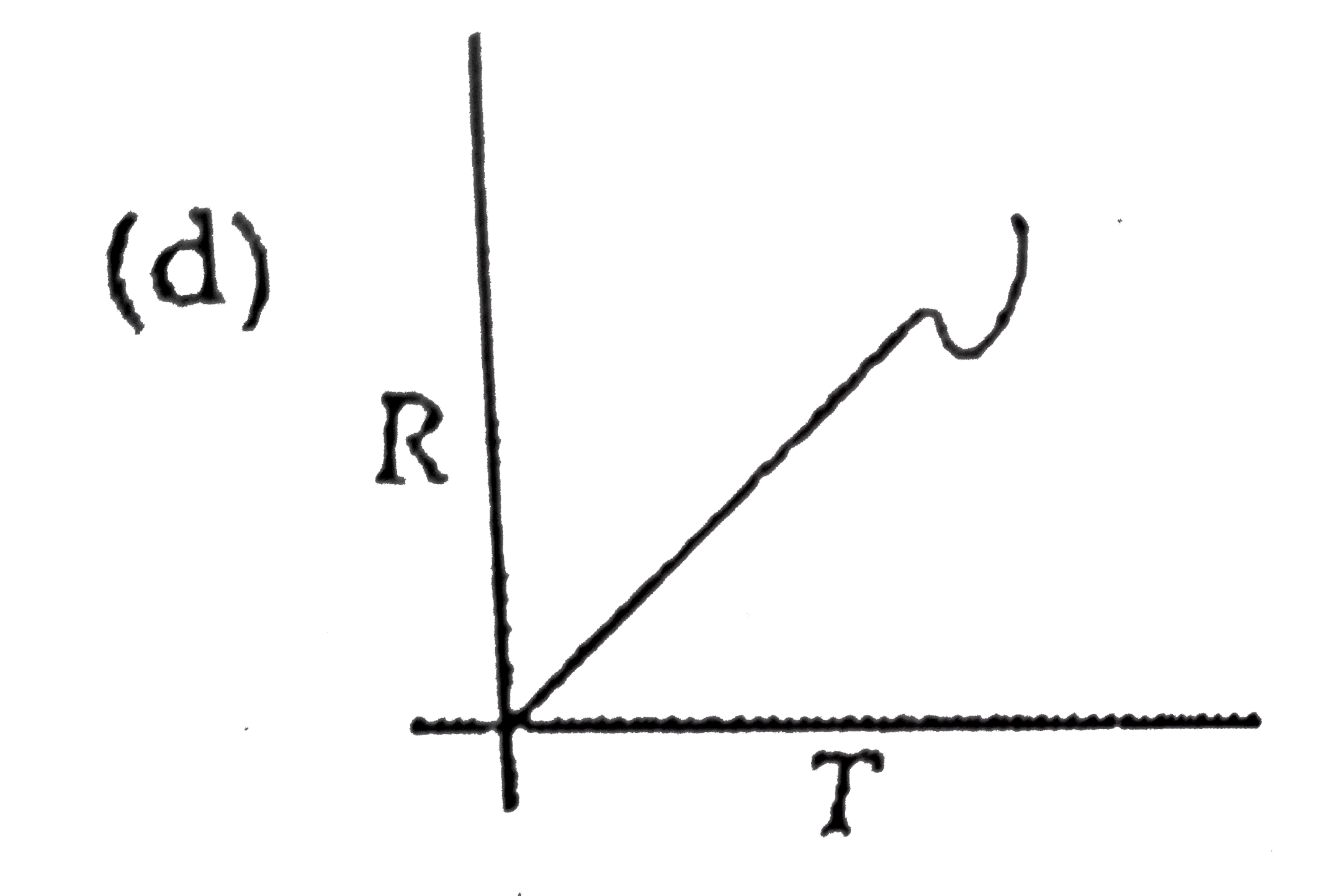
Which curve corresponds to the temperature dependence of the rate R of a simple one-step reaction?
A B
B C
C D
D
Temperature Dependence Of The Rate Of A Reaction
View SolutionOut of N2 and NH3, which one will have greater value for van der Waals constant 'a' and which one will have greater value for der Waals constant 'b' ?
View SolutionThe rate constant of a reaction depends on
View SolutionThe rate constant of a reaction depends on
View SolutionThe unit of rate constant and rate of a reaction are same for
View Solution
